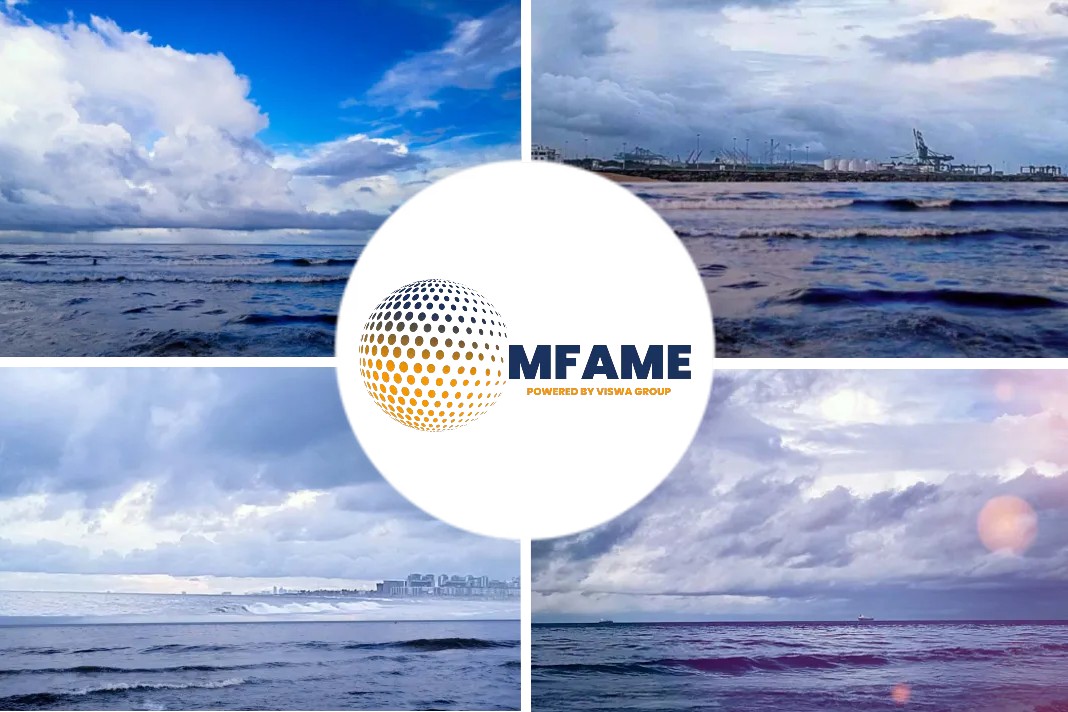- The last few years saw the International Maritime Organization (IMO) set goals and regulations to reduce emissions.
- In January of this year, the IMO’s cap on sulfur used for marine fuels came into effect.
- This regulation, as well as the target of a 50% carbon emissions reduction by 2050, are expected to change the industry.
- Shipping companies and regulation bodies share the responsibility for a greener shipping industry.
- Reducing overall carbon footprint, as well as balancing fuel consumption in individual vessels to create cost savings should be enough motivation for all stakeholders.
Growing interest in alternate fuel and energy efficiency, digitization, and the business trend of moving from solution providers to service providers, are changing the face of the maritime industry, says a SKF Engineering at Sea news report.
LNG the frontrunner
For some years, liquefied natural gas (LNG) has been considered the frontrunner for cutting ship emissions Other solutions, such as hydrogen and ammonia can offer zero-emissions if correctly implemented; though it seems these are conceptual rather than concrete for all but the smallest vessels.
Electrical propulsion, on the other hand, could have a bright future. Beginning in the 1980s, e-propulsion is now established in certain vessels such as ice breakers, cruise liners, and drilling vessels operated by dynamic positioning. Related installation and training costs are high, but going forward, the pros of electrical propulsion far outweigh the cons.
Mixing biodiesel
This year, various shipping companies began mixing biodiesel into their fuel supply. In some cases, biodiesel can generate 90% less CO2 than virgin fuel; but offsetting a portion of fuel oil with recycled substances also helps these vessels to contribute to , cutting carbon emissions in real terms.
Reduced emissions can also be achieved with innovative coating technologies. New approaches to ship coating draw inspiration from swimsuits and tuna to increase energy efficiency and prevent harmful biofouling.
AIRCOAT is a European consortium which aims to further develop water-repellant coatings by creating a permanent layer of air under the vessel when submerged, it helps to streamline the vessel and encourages fuel savings.
Wind in the sails, sun on the back
Solar and wind energy have managed to shake off the “alternative source” label, and both are now seen as plausible solutions to our energy problems. Both the sunshine and blustering winds ships are exposed to can be utilized to forge a greener industry.
Eco Marine Power’s Energysail and Sauter Carbon Offset Design (SCOD)’s Green Tanker designs harness wind and solar power to reduce fuel costs and the industry’s carbon footprint, bringing the ship of the future in sight.
Optimizing vessel’s propulsion
In fact, a shake-up of ship design is on the horizon. More than once, the notion of merchant submarines has been suggested, as a way of submerging the vessel beneath surface currents and improving fluid-dynamic performance, as well as serving niche applications such as in the Arctic.
But less outlandish measures are under consideration too. In recent times, German company Becker Marine has led the way in optimizing vessels’ propulsion performance, by modifying the fore-and-aft flow of water into the propeller. Mewis ducts, rudder bulbs, and other optimizations are now being regarded as standard by many ship designers.
Solution provider to service provider
The disruptive power of COVID-19 has highlighted once again the possibility of autonomous operation, as companies discuss ways to prevent the spread of any future pandemics.
These technologies transfer more decision-making to shore – working with ports, for example, to optimize arrival times. For OEMs, this is already opening up a new paradigm: servitization.
Common to other industries but relatively new to maritime, servitization describes a company’s effort to transform from a manufacturer to a supplier opening up endless possibilities for end-users; an end-to-end partner can relieve crews from manual, often dangerous tasks related to upkeep and maintenance with automation solutions.
New innovations need of the hour
As part of their service, these OEMs will necessarily implement innovations such as big data, digital twins, AI, and machine learning for condition monitoring purposes. Investment in these areas is only expected to increase over the next five years and beyond. The next-generation of smarter ships will likely involve many interconnected devices working in tandem, presenting a huge number of benefits for seafarers and the environment.
Shipping companies will require a combination of technologies to stay ahead of regulations; but it is important to remember that assistance from a third-party service provider can support this journey.
Did you subscribe to our daily newsletter?
It’s Free! Click here to Subscribe!
Source: SKF Engineering at Sea




















